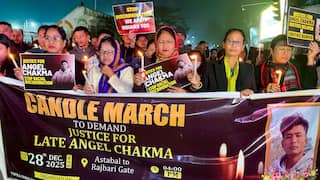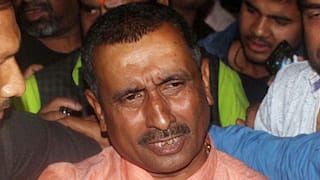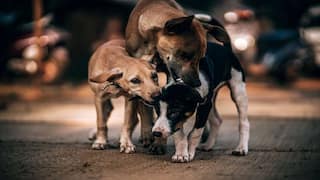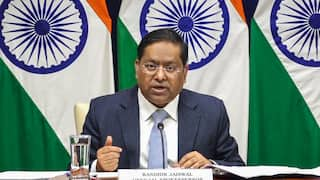Mursan & Hilsa: Craters On Mars Named After Towns In UP And Bihar
Scientists at the Physical Research Laboratory in Ahmedabad have named three craters on Mars after an Indian physicist and two towns in UP and Bihar.

Scientists at the Physical Research Laboratory (PRL) in Ahmedabad, a national research institute for space under India's Department of Space, have discovered three new craters on Mars. One of these has been named after Professor Devendra Lal, a former director of PRL, and the other two have been named after towns in Uttar Pradesh and Bihar. These craters have been discovered around the coordinates 21.0 S and 209 W, and are situated in the Tharsis volcanic region on Mars.
The International Astronomical Union (IAU) named the three craters on the recommendation of the PRL as Lal, Mursan, and Hilsa.
Lal has been named after the former PRL director, Mursan after a town in Uttar Pradesh, and Hilsa after a town in Bihar.
All About The Craters
The Lal crater is around 65 kilometres wide, the Mursan crater is 10 kilometres wide and is superimposed on the eastern side of the Lal crater's rim, and the Hilsa crater, which is also 10 kilometres wide, is superimposed on the western side of the Lal crater's rim.
The Lal crater is entirely covered with lava, and has a 45-metre thick sedimentary deposit under its surface. This shows that water has transported large amounts of sediment into the crater, and bolsters the theory that Mars once had abundant water.
The presence of Mursan and Hilsa, which are small, superimposed craters on either side of the Lal crater, shows that the filling of sediments to the Lal crater was periodic.
The Indian Space Research Organisation (ISRO) is expected to launch Mangalyaan-2, or Mars Orbiter Mission 2 (MOM 2), in 2025, to study the Red Planet. The mission is the successor to Mangalyaan-1, or Mars Orbiter Mission 1 (MOM 1).
The proposed mission duration is one year.
Mangalyaan-2 will consist of only one orbiter, and will be launched atop a GSLV Mark III rocket from Satish Dhawan Space Centre.






































